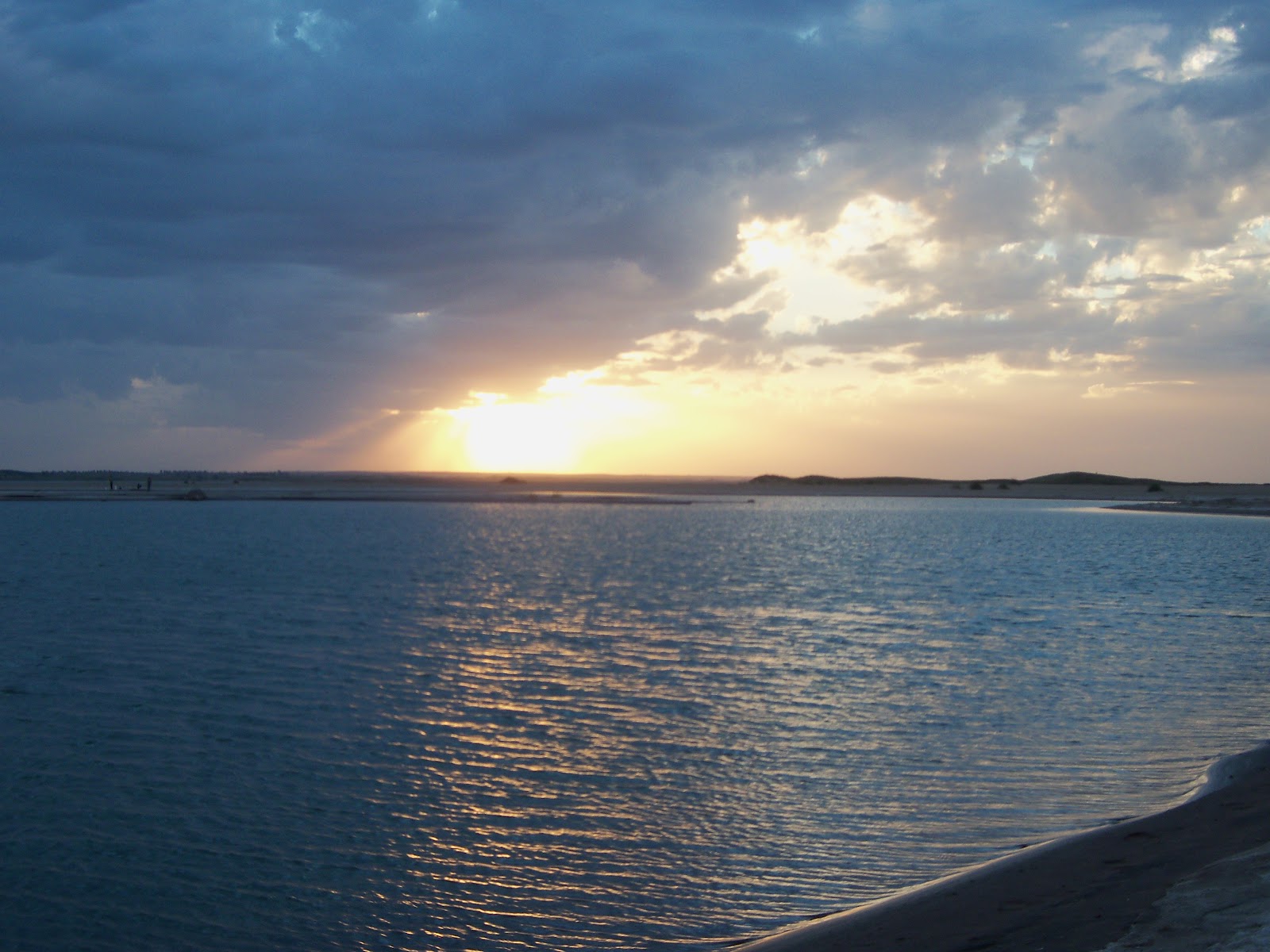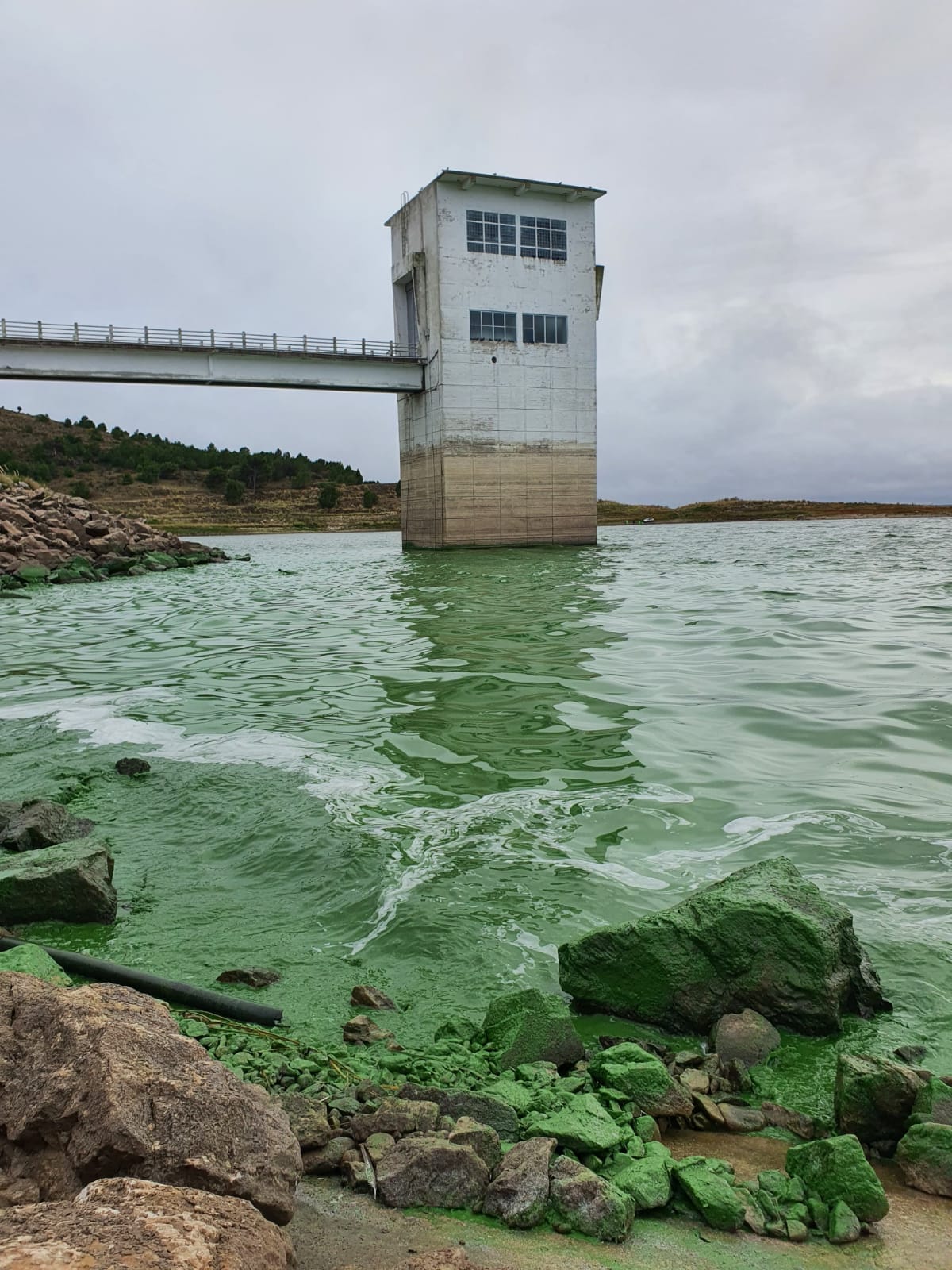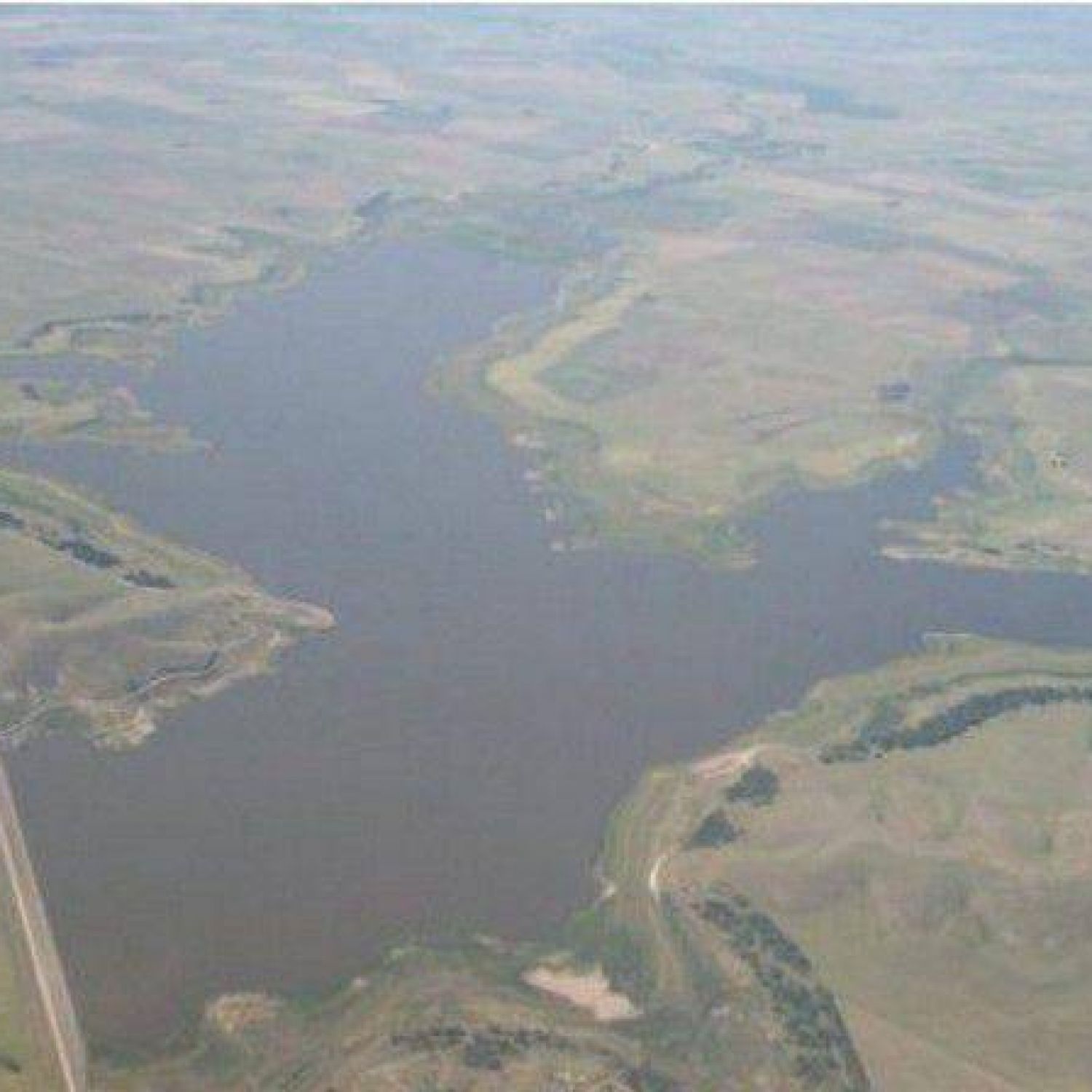Dique Paso De Las Piedras: A Natural Barrier And Essential Irrigation Source In Argentina
Dique Paso De Las Piedras: A Natural Barrier And Essential Irrigation Source In Argentina
Editor's Notes: "Dique Paso De Las Piedras: A Natural Barrier And Essential Irrigation Source In Argentina" have published today date. The topic is important to read as it discusses the construction and benefits of Dique Paso De Las Piedras, a major dam in Argentina.
Our team has analyzed and dug through many information to made Dique Paso De Las Piedras: A Natural Barrier And Essential Irrigation Source In Argentina guide to assist target audience make right decision.
Key differences or Key takeways
Transition to main article topics
FAQs about Dique Paso De Las Piedras
This FAQ section provides answers to commonly asked questions about Dique Paso De Las Piedras, a natural barrier and essential irrigation source in Argentina.

Pasión por la pesca: CERRAMIENTO DEL DIQUE PASO DE PIEDRAS!!! - Source pasionporlapescatv.blogspot.com
Question 1: What is the significance of Dique Paso De Las Piedras?
Dique Paso De Las Piedras is a significant natural feature in Argentina that serves multiple purposes. It acts as a natural barrier, protecting the surrounding areas from flooding and erosion. Additionally, it is a crucial irrigation source, providing water for agricultural activities in the region.
Question 2: What is the geological composition of Dique Paso De Las Piedras?
Dique Paso De Las Piedras is primarily composed of sandstone and conglomerate. These sedimentary rocks were formed over millions of years by the accumulation and cementation of sand, gravel, and other sediments.
Question 3: How was Dique Paso De Las Piedras formed?
The formation of Dique Paso De Las Piedras is attributed to tectonic activity in the region. As the South American and African plates collided, the earth's crust was uplifted, creating a natural barrier that restricted the flow of water in the area.
Question 4: What is the impact of Dique Paso De Las Piedras on the local ecosystem?
Dique Paso De Las Piedras has a significant impact on the local ecosystem. It creates a reservoir of water that supports a diverse range of aquatic species. The surrounding vegetation benefits from the irrigation provided by the dam, leading to increased biodiversity and productivity.
Question 5: What are the challenges associated with managing Dique Paso De Las Piedras?
Managing Dique Paso De Las Piedras involves balancing multiple factors. Sedimentation, water quality, and the impact on local communities are among the challenges that need to be addressed. Careful monitoring and sustainable practices are essential to preserve this natural resource.
Question 6: What is the future outlook for Dique Paso De Las Piedras?
The future outlook for Dique Paso De Las Piedras is positive. With proper management and conservation efforts, it will continue to serve as a valuable resource for irrigation, flood control, and ecosystem preservation. Research and technological advancements can further enhance its sustainability.
This FAQ section has addressed some of the common questions and concerns regarding Dique Paso De Las Piedras. Understanding its significance and the challenges associated with its management is crucial for its conservation and sustainable use.
Moving Forward: Exploring the Sustainable Management of Dique Paso De Las Piedras...
Tips for Managing Water Resources in Arid Regions
The Dique Paso De Las Piedras is an essential irrigation source in Argentina and provides some valuable tips for managing water resources in arid regions:

Por cianobacterias recomiendan no consumir peces del Dique Paso de las - Source wips.digital
Tip 1: Utilize natural barriers to conserve water.
The Dique Paso De Las Piedras is a natural barrier that helps to conserve water by slowing down its flow and allowing it to seep into the ground. This helps to keep the water table high and provides a reliable source of water for irrigation.
Tip 2: Implement efficient irrigation systems.
The irrigation systems used in the Dique Paso De Las Piedras area are designed to deliver water to crops in a way that minimizes evaporation and runoff. These systems include drip irrigation, which delivers water directly to the roots of plants, and sprinkler irrigation, which uses a spray of water to cover a wide area.
Tip 3: Diversify crops.
The farmers in the Dique Paso De Las Piedras area grow a variety of crops, including alfalfa, wheat, and soybeans. By diversifying their crops, they are able to reduce the risk of crop failure and ensure a steady supply of food.
Tip 4: Control grazing.
Overgrazing can damage vegetation and lead to soil erosion. The farmers in the Dique Paso De Las Piedras area carefully control grazing to protect their land and water resources.
Tip 5: Promote water conservation.
The farmers in the Dique Paso De Las Piedras area are committed to water conservation. They use a variety of methods to conserve water, including mulching, crop rotation, and rainwater harvesting.
By following these tips, farmers in arid regions can help to conserve water and ensure a sustainable future for their communities.
For more information, see Dique Paso De Las Piedras: A Natural Barrier And Essential Irrigation Source In Argentina.
Dique Paso De Las Piedras: A Natural Barrier And Essential Irrigation Source In Argentina

Reflejos 103.7: Vehículo cae al dique Paso de las Piedras, salvan su - Source fmreflejos.blogspot.com
Dique Paso De Las Piedras is a vital natural and human-engineered marvel in Argentina. It serves as a natural barrier and an essential source of irrigation in the region.
- Geographical Landmark: The dam is located in the province of Mendoza, Argentina.
- Water Reservoir: The reservoir created by the dam holds a vast amount of water, providing irrigation for surrounding agricultural areas.
- Natural Flood Control: The dam acts as a natural barrier, preventing flooding and protecting downstream communities.
- Tourism Destination: The picturesque landscapes surrounding the dam attract tourists for recreational activities like fishing and boating.
- Hydroelectric Power: The dam also generates hydroelectric power, contributing to the region's energy supply.
- Environmental Conservation: The dam's reservoir supports diverse aquatic ecosystems, contributing to the ecological balance of the region.
These aspects highlight the multifaceted significance of Dique Paso De Las Piedras, showcasing its role as a natural barrier, an essential irrigation source, a geographical landmark, a tourist destination, a source of energy, and a vital component of the region's ecosystem. The dam's construction and management have played a crucial role in shaping the landscape, economy, and community around it.

El dique Paso de las Piedras salió de la emergencia hídrica - Source www.treslineas.com.ar
Dique Paso De Las Piedras: A Natural Barrier And Essential Irrigation Source In Argentina
Dique Paso De Las Piedras is a natural barrier and essential irrigation source in Argentina. It is located in the province of Mendoza, on the Mendoza River. The dam was built in 1940 to control flooding and provide water for irrigation. It is the largest dam in Argentina and one of the largest in South America.

Expolia2 on Tumblr - Source www.tumblr.com
The dam is made of concrete and has a height of 102 meters (335 feet). It has a length of 2,300 meters (7,546 feet) and a crest elevation of 670 meters (2,200 feet). The reservoir behind the dam has a surface area of 1,100 square kilometers (420 square miles) and a volume of 17 billion cubic meters (4.5 trillion gallons).
The dam provides water for irrigation to over 1 million hectares (2.5 million acres) of land. It also generates hydroelectric power and provides flood control. The dam is a vital part of the economy of Mendoza province and has played a major role in the development of the region.
The dam has also had a significant impact on the environment. The reservoir has created a new habitat for fish and wildlife, and it has helped to improve the water quality of the Mendoza River. The dam has also helped to reduce flooding downstream.
The Dique Paso De Las Piedras is a vital part of the economy and environment of Mendoza province. It is a natural barrier that provides water for irrigation and hydroelectric power. It is also a popular tourist destination.
Conclusion
Dique Paso De Las Piedras is a natural barrier and essential irrigation source in Argentina. It has played a major role in the development of the region and has had a significant impact on the environment. The dam is a valuable asset to the province of Mendoza and is a testament to the ingenuity and perseverance of the Argentine people.
The dam is a reminder of the importance of water in a dry country like Argentina. It is also a symbol of the power of human engineering to harness the forces of nature for the benefit of society.
Alexander Zverev's Quest For Grand Slam Glory: A Title Chase At The Season's End, Australia's Top Freeskier: Lachlan Jackson's Journey To The Peak, The Rise Of Australian Cricket: A Dynasty Forged In Triumph And Resilience, Australia Vs. Sri Lanka: Battle For Cricketing Supremacy Down Under, Unlock The Secrets Of Football Forecasting With Pronostico Quilmes, Agustín Colazo: Un Maestro Del Arte Moderno Argentino, Rangers Edge Union Saint-Gilloise In Historic Europa League Match, San Lorenzo And Talleres Battle For Points In Fierce Argentine Primera División Encounter, Stade Brestois Vs. Real Madrid: European Giants Clash In Brest, Rb Leipzig Seek Redemption Against Leverkusen In Bundesliga Clash,